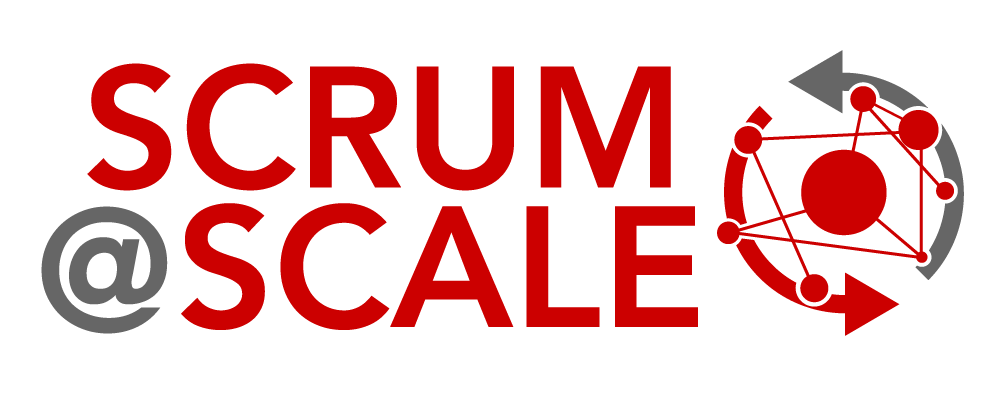Case Study
BAC Credomatic:
Breaking Down Silos
CASE STUDY SNAPSHOT
Trainer Name: Cesar Arce
Organization: BAC Credomatic
Organization Size:Large
Industry: Financial Services
Topics: Beyond IT, Distributed Teams, Removing Silos
Date: 2016-2017
Website: Cesar’s website
Summary
BAC Credomatic provides banking services to customers in six countries across Central America and their transformation has been featured in articles by World Finance. Throughout the course of their transformation, they went on to win the 2017 Digital Banking Award. With over 20,000 employees working in six different regulatory environments across a range of products and services, transforming to become an agile enterprise was not an easy task.
A Patterns Based Approach
BAC began their transformation by forming an EAT, an EMS and setting up a reference model group of cross-functional teams with a focus on key Scrum patterns such as the interrupt buffer, swarming, and daily clean code. They then created Scrum of Scrums and Metascrums, broke down siloed divisions into cross-functional teams and adopted Scrum@Scale across over 100 agile teams. The implementation focused on creating first and second level Metascrums and Scrum of Scrums at a product line level within a given region, who were all connected by a corporate-wide multi-national Metascrum.
Spreading Beyond IT
As the agile transformation spread through the technology-focused parts of the organization, teams in other areas began to adapt to support and participate in the Scrum@Scale rollout. The marketing division created their own Metascrum and began implementing Scrum while HR adapted their performance evaluation, compensation and hiring practices to support the changing needs of the company.
More Case Studies
Remote Startup Success: From Firefighting to Results
Agile Education Case Study Remote Startup Success: From Firefighting to Results This case study focuses on a remote startup that faced challenges with disorganized workflows, team burnout, and a lack of a clear product vision. The startup had no Product Owner, leading...
Improve Predictability and Performance: Using Aggregated Velocity Data in Scrum@Scale
Agile Education Case Study Improve Prioritization and Performance: Using Aggregated Velocity Data in Scrum@Scale This case study explores how aggregated velocity data was used to improve the performance, prioritization, and predictability of engineering teams in a...



